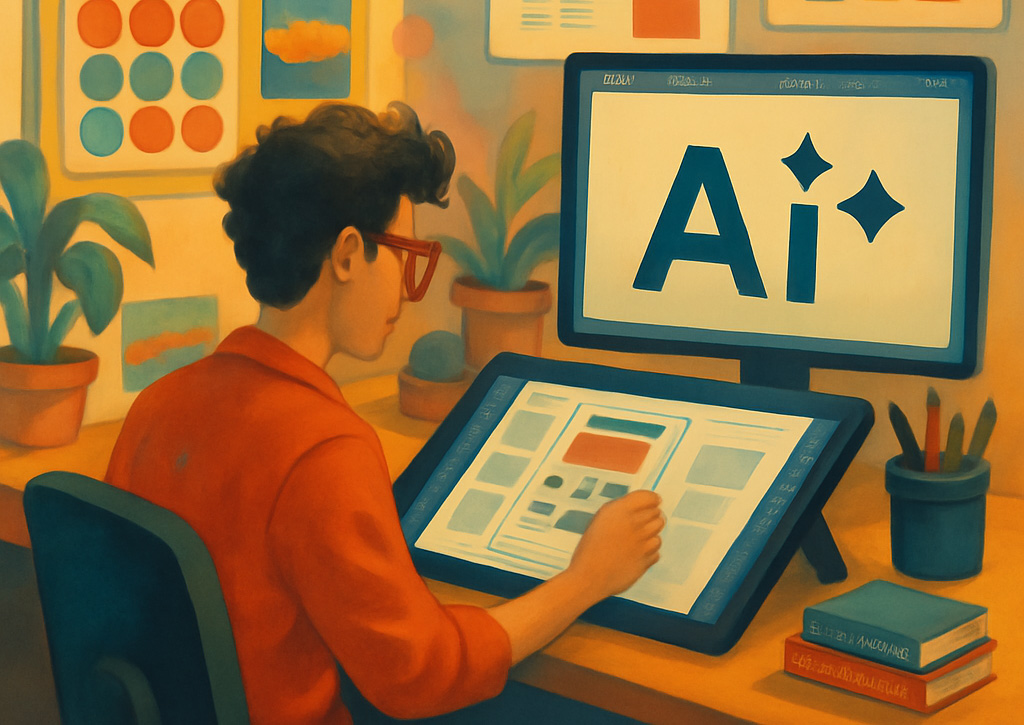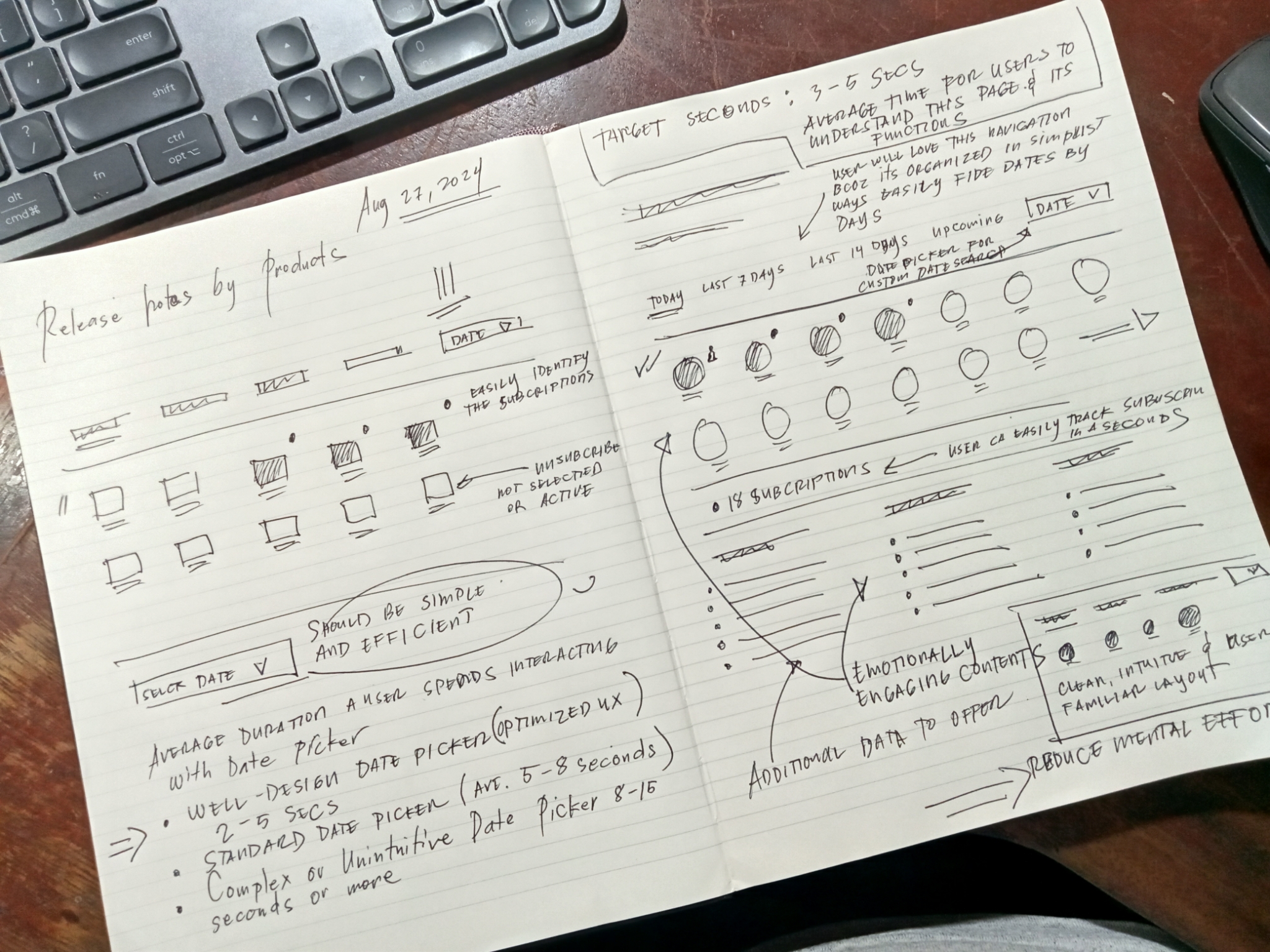Why Every UX Designer Must Deeply Understand Human Psychology
Great UX design isn’t just about aesthetics—it’s about understanding how people think, feel, and behave. At its core, UX is rooted in psychology, shaping how users interact with products and make decisions.
Why Psychology Matters in UX
-
Cognitive Load & Simplicity
- Users get overwhelmed when faced with too much information. Applying principles like Hick’s Law (limiting choices) and Miller’s Law (chunking information) helps create seamless experiences.
- Users get overwhelmed when faced with too much information. Applying principles like Hick’s Law (limiting choices) and Miller’s Law (chunking information) helps create seamless experiences.
-
Behavioral Triggers & Engagement
- Psychological effects like the Zeigarnik Effect (unfinished tasks create tension) and Fogg’s Behavior Model (motivation + ability + trigger = action) can guide users to take desired actions.
- Psychological effects like the Zeigarnik Effect (unfinished tasks create tension) and Fogg’s Behavior Model (motivation + ability + trigger = action) can guide users to take desired actions.
-
Emotional Connection & Trust
- First impressions are formed in milliseconds. Good UX builds trust through visual hierarchy, clear navigation, and microinteractions that feel intuitive and human-centered.
- First impressions are formed in milliseconds. Good UX builds trust through visual hierarchy, clear navigation, and microinteractions that feel intuitive and human-centered.
-
Habit Formation & Retention
- Apps like Duolingo and Instagram use reinforcement loops, gamification, and social proof to keep users engaged. Understanding what keeps users coming back is crucial for long-term success.
The Takeaway
A UX designer who deeply understands human psychology can craft experiences that feel effortless, intuitive, and engaging. Without this knowledge, even the most beautifully designed interface can fall flat.
To design better products, study how people think—because great UX is not just about screens; it’s about minds.








